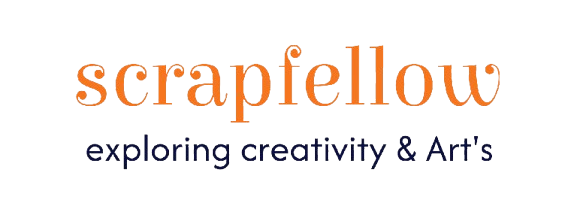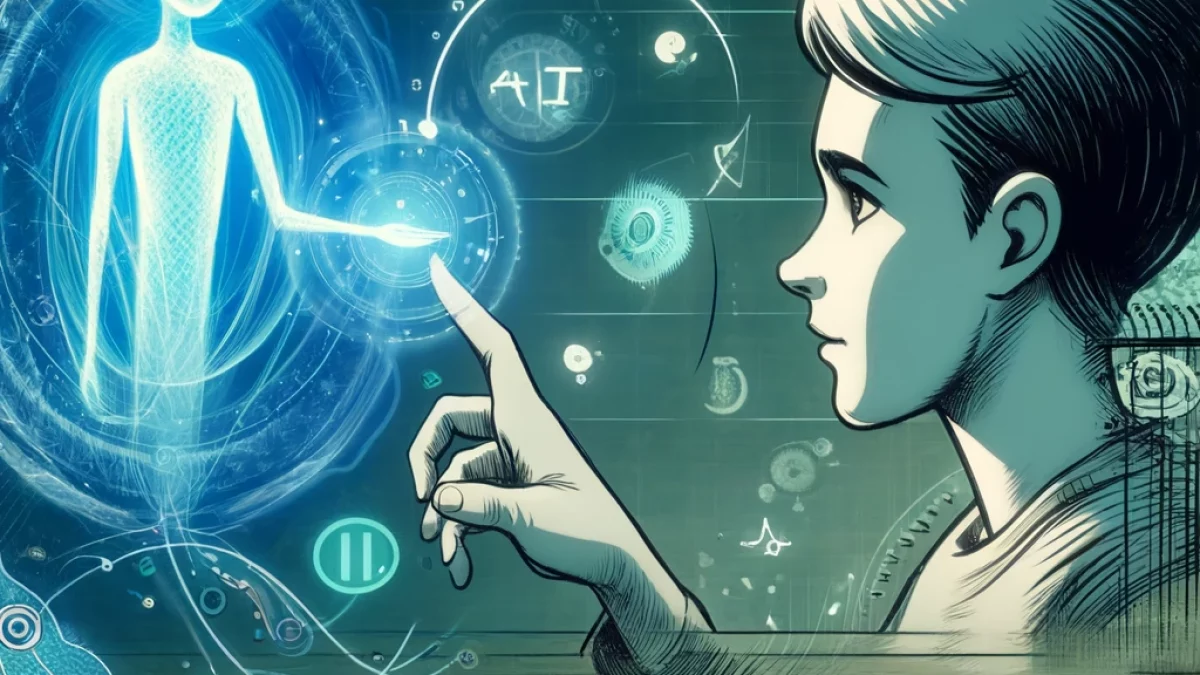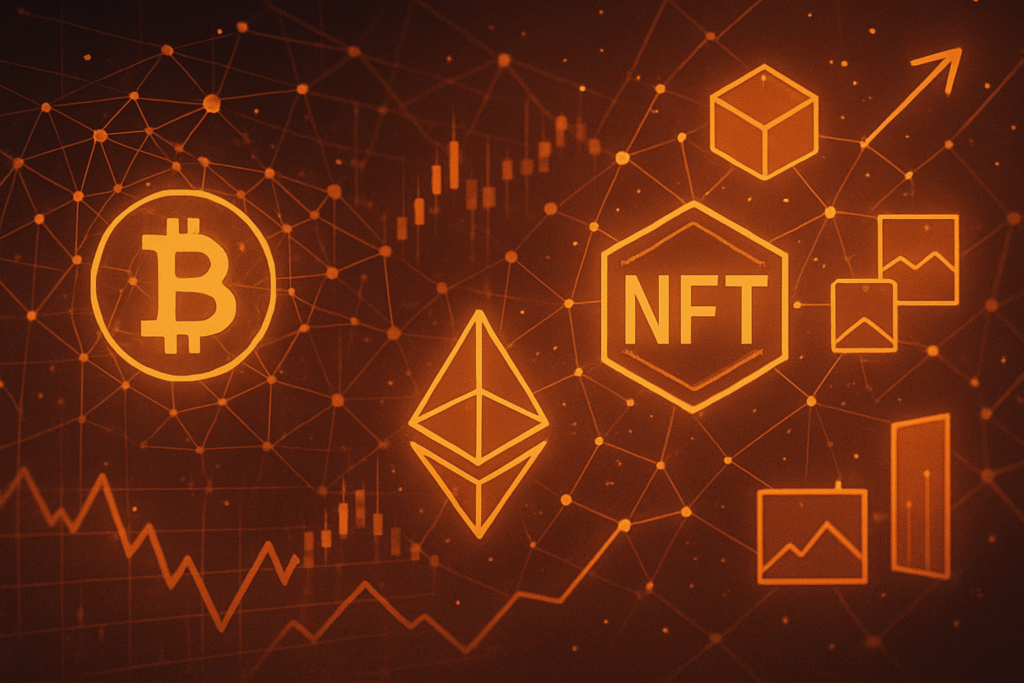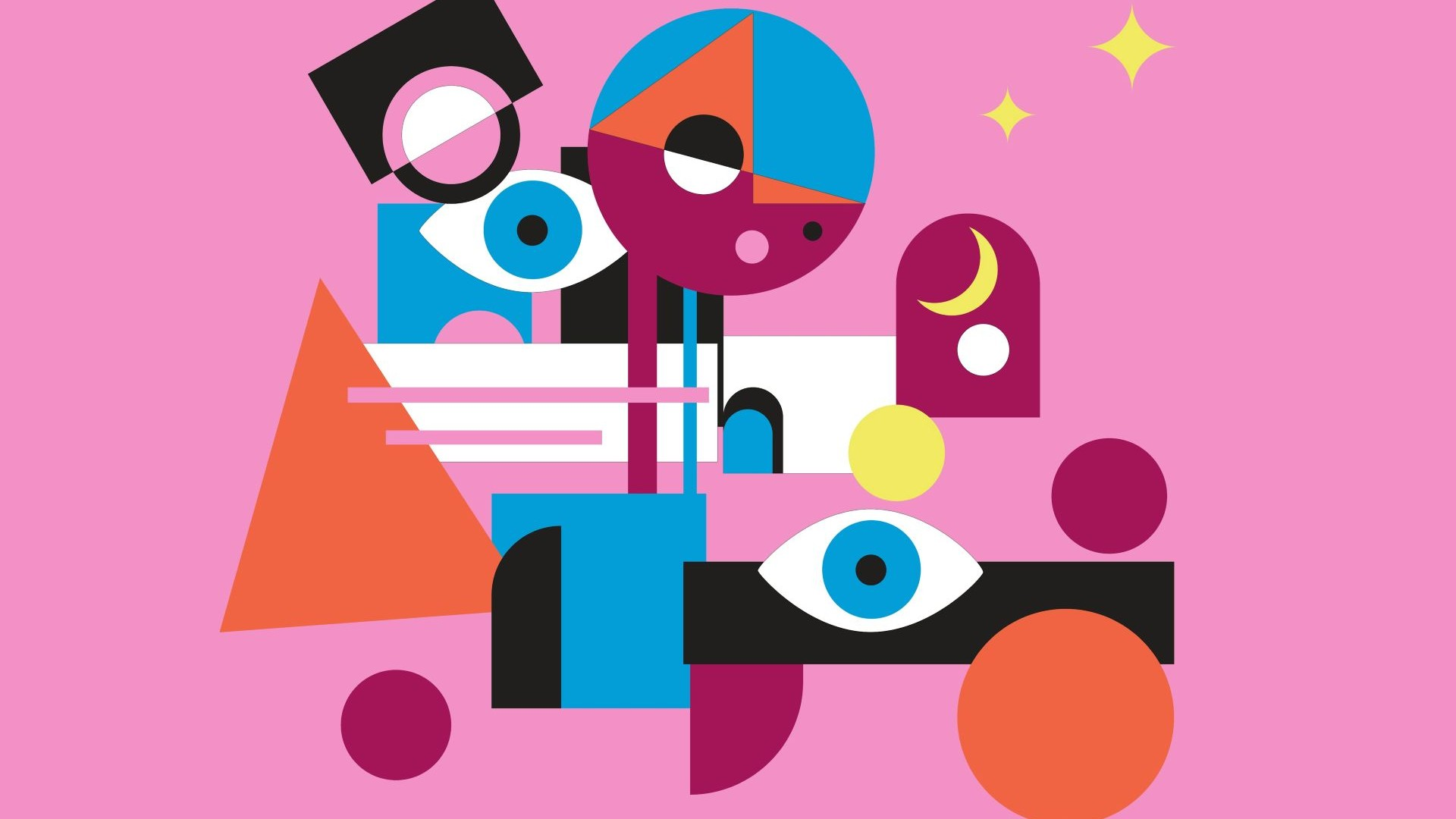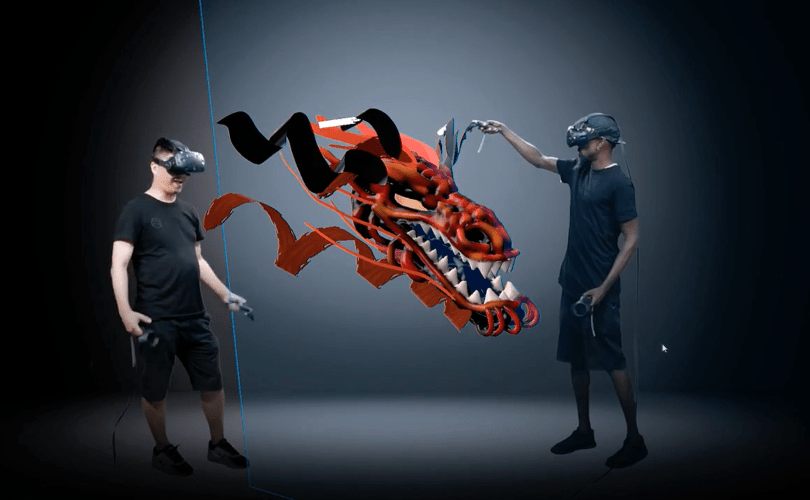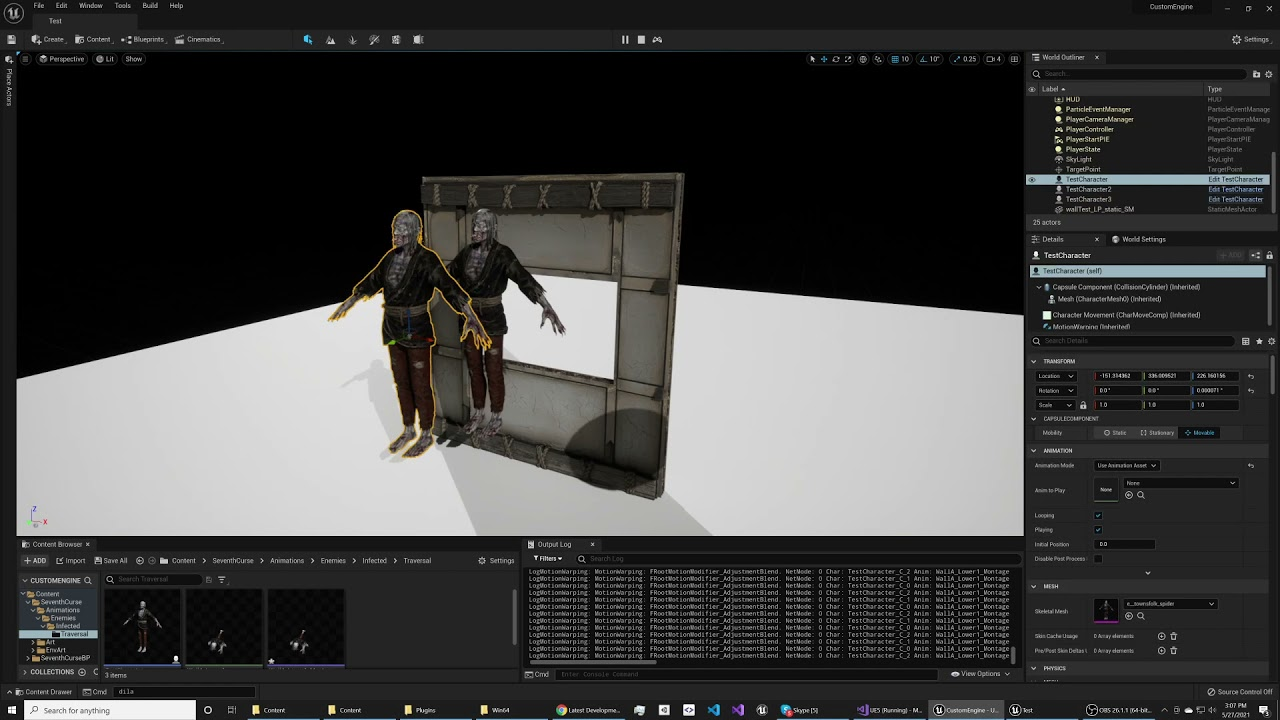In 2025, motion graphics is entering a new era—one where artificial intelligence (AI) is no longer just a tool, but a collaborative engine powering creativity. AI-assisted editing, predictive animations, and content generation are becoming staples in motion design workflows. Tools like Adobe Sensei and Runway ML help automate repetitive tasks—like tweening, masking refinement, or color grading—freeing designers to focus on meaning, pacing, and narrative.
But the convergence goes deeper than automation. Emerging research is applying diffusion models and layer decomposition to transform static images into motion graphics. For instance, MG-Gen reconstructs vector layers from raster images and generates code to animate them, preserving text readability and design fidelity. This kind of work bridges the gap between design and execution, enabling faster prototyping and expansion of what’s possible. Meanwhile, new models generate motion for arbitrary skeletons (like AnyTop)—opening doors for more expressive character animation without traditional rigging workflows.
From an E-E-A-T perspective (Experience, Expertise, Authoritativeness, Trustworthiness), the AI + motion graphics union leverages both human cognition and machine capability. Designers bring lived experience—taste, rhythm, emotional impact—while AI provides algorithmic precision and scalability. Publishing transparent case studies, open models, or tool benchmarks builds authority. And ensuring outputs respect copyright, usability, and coherence strengthens trustworthiness. As this fusion continues, the most compelling motion graphics will emerge from teams that thoughtfully balance automation with expressive intent—not replacing the artist, but amplifying their creative voice.
